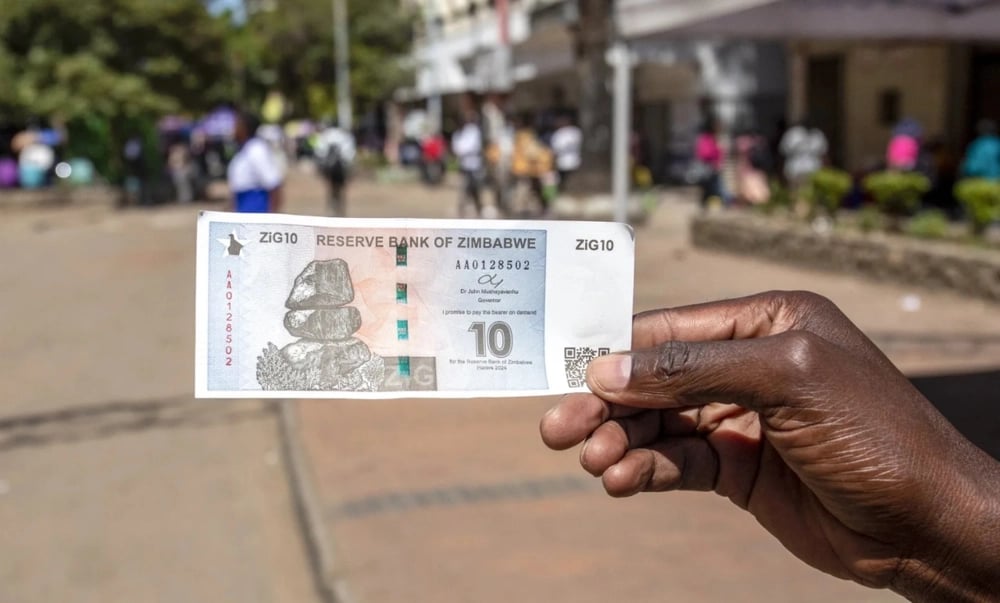Crisis of Zimbabwe's Gold-Backed Currency
Recent developments in Zimbabwe's financial markets have raised alarming concerns regarding the country's gold-backed currency, known as ZiG. According to experts, the situation may lead to significant economic ramifications and even jeopardize the financial system itself. As reported by the country's oldest independent broker, the currency secured by gold bars is facing challenges that could threaten its future.
Overview of the Situation
According to a recent statement by John Legat, CEO of Imara Asset Management, and Shelton Sibanda, the investment director, ZiG is on the brink of extinction. They emphasize that the collapse of ZiG will not be caused by traditional factors like rapid devaluation, which have previously led to the failure of local currencies. Rather, the primary reason is a lack of liquidity and political missteps that have pushed this currency to the backburner.

Reasons for the Problems with ZiG
The key factors contributing to the current crisis can be outlined as follows:
Political Instability. Unpredictable changes in policy and economic management have fostered a negative perception of the currency.
Liquidity Shortages. The country has faced a liquidity crunch for the past six months, leading to a diminished interest in ZiG.
Dependence on Foreign Currencies. Approximately 80% of all transactions in Zimbabwe are conducted in U.S. dollars, highlighting the economy's reliance on foreign currency.
Competition from Other Currencies. Payments made in South African rand and other currencies also account for a significant portion of transactions, creating additional challenges for ZiG.
Impact on the Country's Economy
This situation has adverse effects on Zimbabwe's economy. A decline in trust towards the local currency could lead to:
An increase in the size of the informal economy;
A reduction in investments;
Rising inflation rates.
Experts predict that continued deterioration of the situation could plunge Zimbabwe's economy into a deeper crisis.

Assessment of the Current Market State
Currently, while ZiG is still in use, it accounts for only about 20% of the transactions conducted. Examining this issue brings to light several key factors further exacerbating the currency's decline:
Public Disillusionment. Locals are losing confidence in the future of ZiG.
Ineffective Regulation. Poorly conceived or inadequately thought-out governmental actions undermine trust in the currency.
Parallels with Previous Currencies
Journalists and economists often draw parallels between ZiG and prior attempts by Zimbabwe to establish its own currency. It’s important to note that various elements such as economic policies, methods of inflation management, and the reliability of support mechanisms largely determine the success or failure of a national currency.
Zimbabwe's ambition to create a currency backed by gold bars represents a bold attempt to stabilize its economic situation. However, the current challenges, including liquidity shortages and public dissatisfaction, cast doubt on its viability. The implications for the economy could be serious, as increasing instability may lead to further deepening of the economic crisis in the country. Given these considerations, ongoing monitoring of the situation in Zimbabwe and analysis of potential development scenarios remain crucial for all stakeholders involved.


















Comments